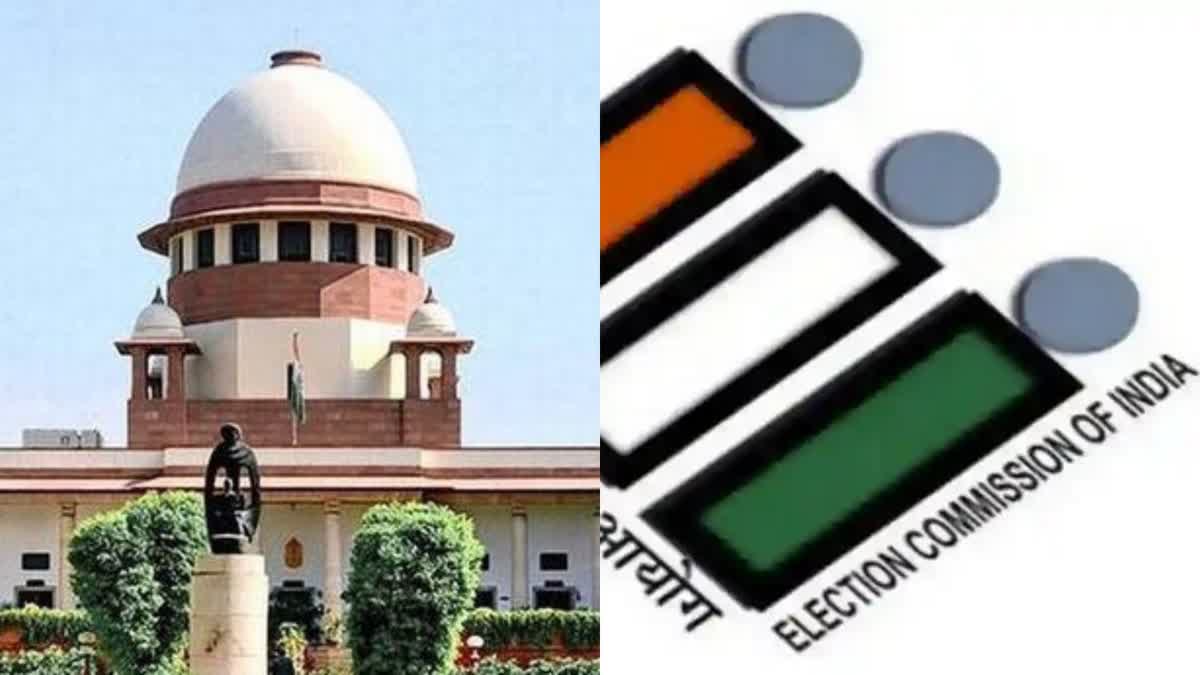Disclosure of Form 17C
Current Affairs NationalPosted by newadmin on 2025-03-24 08:51:19 |
Share: Facebook | Twitter | Whatsapp | Linkedin Visits: 38

The Election Commission of India (ECI) recently engaged with petitioners demanding greater transparency in voter turnout records. This development came as the Supreme Court deferred a hearing regarding the disclosure of Form 17C, a document that records votes cast at polling stations. Concerns have been rising over discrepancies in voter turnout data during elections, prompting discussions on electoral transparency. The new Chief Election Commissioner, Gyanesh Kumar, has expressed willingness to address these concerns.
Form 17C is a crucial electoral document mandated by the Conduct of Election Rules, 1961. It consists of two parts: Part 1, known as the Account of Votes Recorded, which is filled out by the presiding officer at each polling station. This section includes details such as the identification number of the Electronic Voting Machine (EVM), the total number of electors, votes cast, and any noted discrepancies. Part 2, called the Result of Counting, is completed by the returning officer on the day of vote counting and contains the names of candidates along with their respective vote counts.
Voter turnout data plays a vital role in maintaining electoral integrity. In July 2024, an analysis revealed inconsistencies in voter turnout figures across various constituencies, where the votes counted did not match the votes polled. This raised concerns among opposition parties regarding the credibility of election results. Many opposition leaders argue that immediate access to Form 17C would enhance transparency and ensure accountability. They have been pressing for the prompt release of this data, believing that any delay in publication could undermine public trust in the electoral process. Critics claim that the ECI’s reluctance to release voter turnout figures in real time creates room for manipulation and weakens democratic principles.
The Election Commission, however, faces multiple challenges in handling electoral data. One key concern is the potential for misinformation if voter turnout data is published indiscriminately online. The commission also points out that Form 17C does not account for all votes, such as postal ballots, which adds complexity to the counting process. Additionally, the logistical difficulties of managing a vast number of polling stations and personnel further complicate the prompt release of accurate data.
Political parties and their polling agents play a significant role in monitoring elections. Parties can collect Form 17C from their polling agents to verify election data, but not all parties have the financial and logistical resources to station agents at every polling booth. This disparity raises concerns about equitable access to information and whether all parties can effectively scrutinize the electoral process. The ECI’s reliance on polling agents to verify data also leads to questions about the reliability and consistency of reported figures.
Public demand for electoral transparency has been growing, with voters seeking greater assurances that their votes are counted accurately. Civil society organizations and electoral reform advocates emphasize the need for greater accountability in the voting process. Many argue that making voter turnout data publicly accessible would strengthen democracy by allowing citizens to make informed decisions. As discussions on electoral integrity continue, the pressure on the Election Commission to enhance transparency and address concerns about data discrepancies remains high.
Search
Categories
Recent News
- RBI's UDGAM Portal: Hyderabad's Cyber Fraud Warning
- Hyderabad Gears Up for Presidential Visit: Traffic Advisory Issued
- Hyderabad Crypto Scam: Unraveling a Multi-State Fraud
- Cyber Scams Target Unsuspecting Citizens via RBI Portal
- Telangana's Tech-Driven Policing: Drones Take to the Skies
- RBI Governor Prioritises Digital Security: A Strategic Shift
- Hyderabad's Massive Anti-Drug Operation: 72 Foreigners Deported
- Hyderabad Tackles Traffic with Innovative Parking Solutions
Popular News
- Navigating IPO Market Dynamics Amid Volatility and Regulatory Changes
- Innovative Green Practices and Environmental Initiative
- Massive Worldwide Microsoft Outage Disrupts Multiple Sectors
- తెలుగుదేశం పార్టీ - పేదరికాన్ని నిర్మూలించడంలో వాగ్దానం
- Universities Embrace Remote Learning Technologies Amidst Ongoing Pandemic